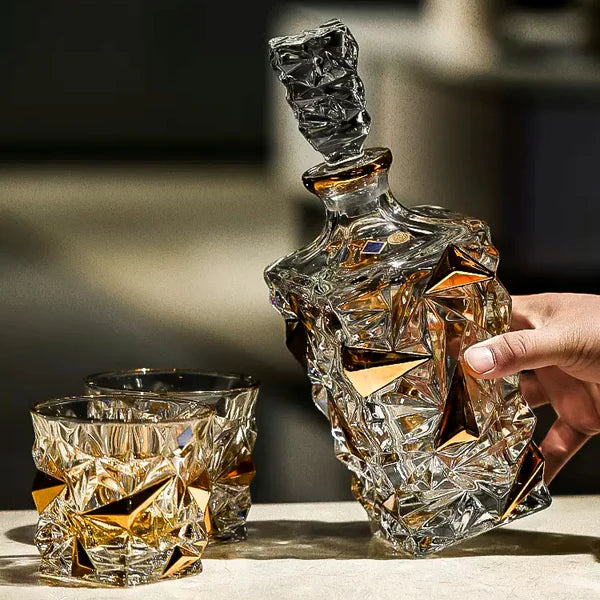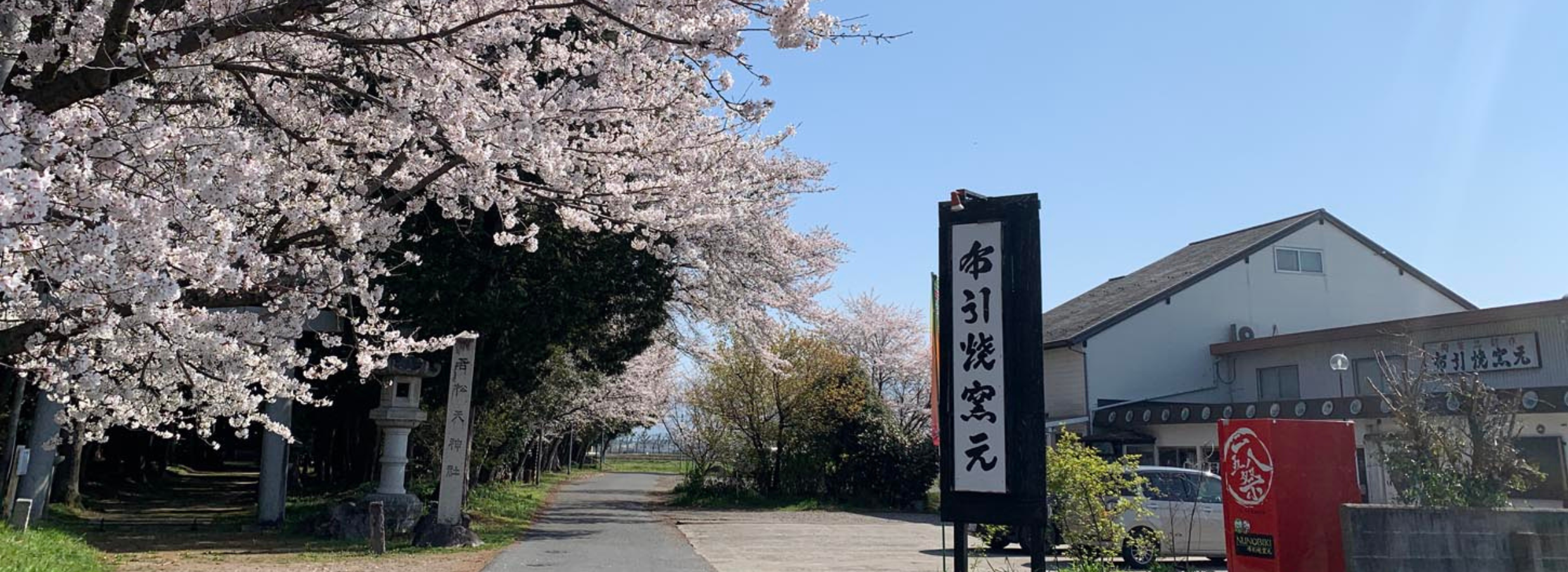
About the Autumnal Equinox Day (秋分の日)
Autumnal Equinox Day (秋分の日) and the Obon Festival
The Meaning and Origins of Autumnal Equinox Day

Autumnal Equinox Day
Autumnal Equinox Day occurs in September, but the date varies each year. The date is determined the previous year as it is based on the moment the sun crosses the autumn equinox point, which is observed and calculated. On this day, the sun rises directly in the east and sets directly in the west, with nearly equal lengths of day and night. However, predictions based on calculations by the National Astronomical Observatory suggest that variations occur due to the Earth’s orbital conditions.
A Day for Ancestor Worship and Seasonal Change
Autumnal Equinox Day was established as a national holiday in 1948 by the "Public Holiday Law," intended as a day to honor ancestors and remember those who have passed away. This is why customs such as visiting graves and performing ancestor worship are observed on this day. Additionally, Autumnal Equinox Day also signifies the change of seasons. It marks a point when days become shorter and nights longer.
The Relationship Between Autumnal and Vernal Equinox Days

Autumnal Equinox Day was established as a national holiday in 1948 by the "Public Holiday Law," intended as a day to honor ancestors and remember those who have passed away. This is why customs such as visiting graves and performing ancestor worship are observed on this day. Additionally, Autumnal Equinox Day also signifies the change of seasons. It marks a point when days become shorter and nights longer.
The Relationship Between Autumnal and Vernal Equinox Days
Similar to the Autumnal Equinox Day, there is the Vernal Equinox Day (春分の日) in spring. Both Autumnal and Vernal Equinox Days are national holidays, with seven days before and after each day being referred to as お彼岸 (ohigan). The start of this period is known as 彼岸入り (higan iri), and the end as 彼岸明け (higan ake). The spring equinox period is called 春彼岸 (haru higan), while the autumn equinox period is called 秋彼岸 (aki higan).
In Buddhism, the term 彼岸 (higan) means “the other shore,” referring to the afterlife. It is believed that on these days, when the sun rises in the east and sets in the west, the connection between this world and the afterlife is the strongest. This tradition is said to be the reason for ancestor worship during this period.
Five Seasonal Foods to Enjoy on Autumnal Equinox Day
While おはぎ (ohagi) is a representative food for Autumnal Equinox Day, other seasonal foods are also incorporated into the celebrations in various regions. Here are five notable foods to enjoy:
-
おはぎ (Ohagi): A traditional offering for ancestor worship, ohagi are sweet rice cakes with red bean paste. This practice began in the Edo period, and ohagi is often made with adzuki beans, which are in season in autumn. It’s believed that adzuki beans have the power to ward off evil spirits.

-
里芋 (Satoimo): These autumnal root vegetables symbolize a good harvest and family prosperity, making them a popular offering. In some regions, mashed satoimo is added to rice to enhance its stickiness.

-
舞茸 (Maitake): This mushroom, known for its delicate flavor and aroma, is named for its appearance that resembles dancing. It pairs well with many dishes, including tempura and stir-fries.

-
サンマ (Sanma): Known as mackerel pike, sanma is a seasonal fish in autumn. It is delicious grilled with salt but can also be enjoyed in other preparations like tatsuta-age (deep-fried) or kabayaki (grilled with sauce). Autumn events like the Meguro Sanma Festival in Tokyo celebrate this fish.

-
ブドウ (Budou): Grapes are a popular fruit during the autumnal period and are often used in offerings. Opt for a more premium variety to enjoy as a luxurious holiday dessert. Other autumn fruits include persimmons and pears.

Additionally, there are customs associated with other autumnal events like the moon-viewing festival, where seasonal foods and offerings are also enjoyed.




